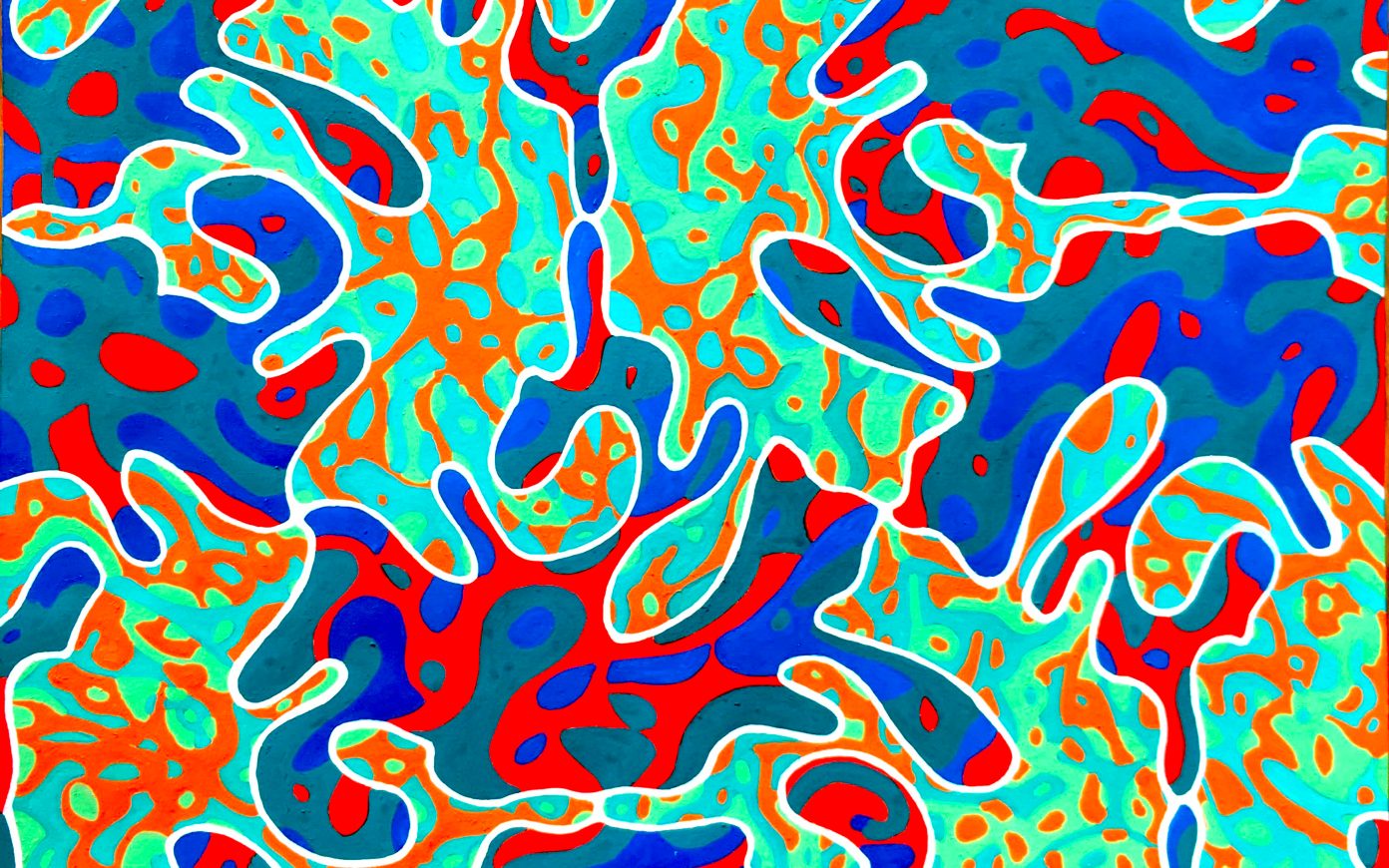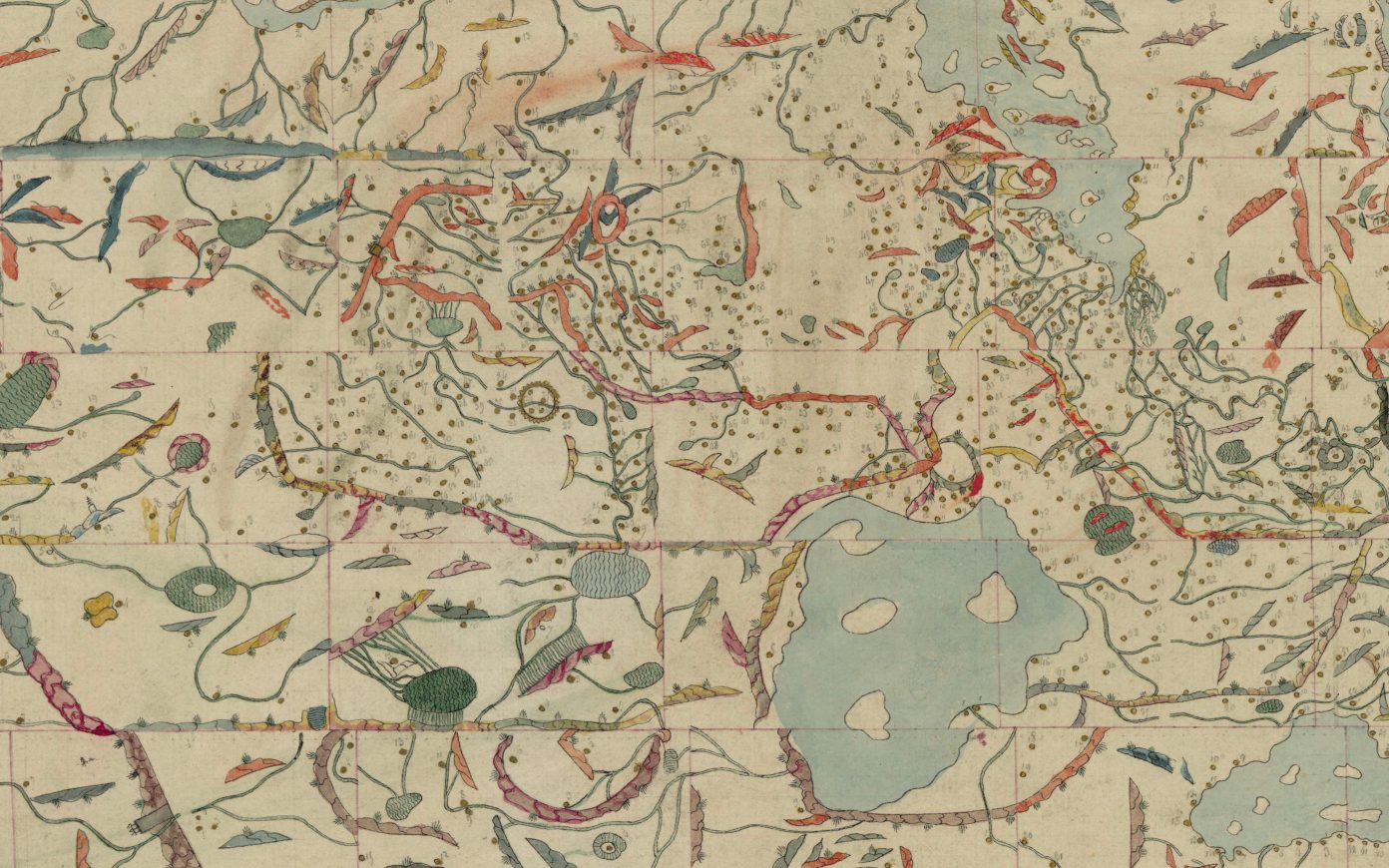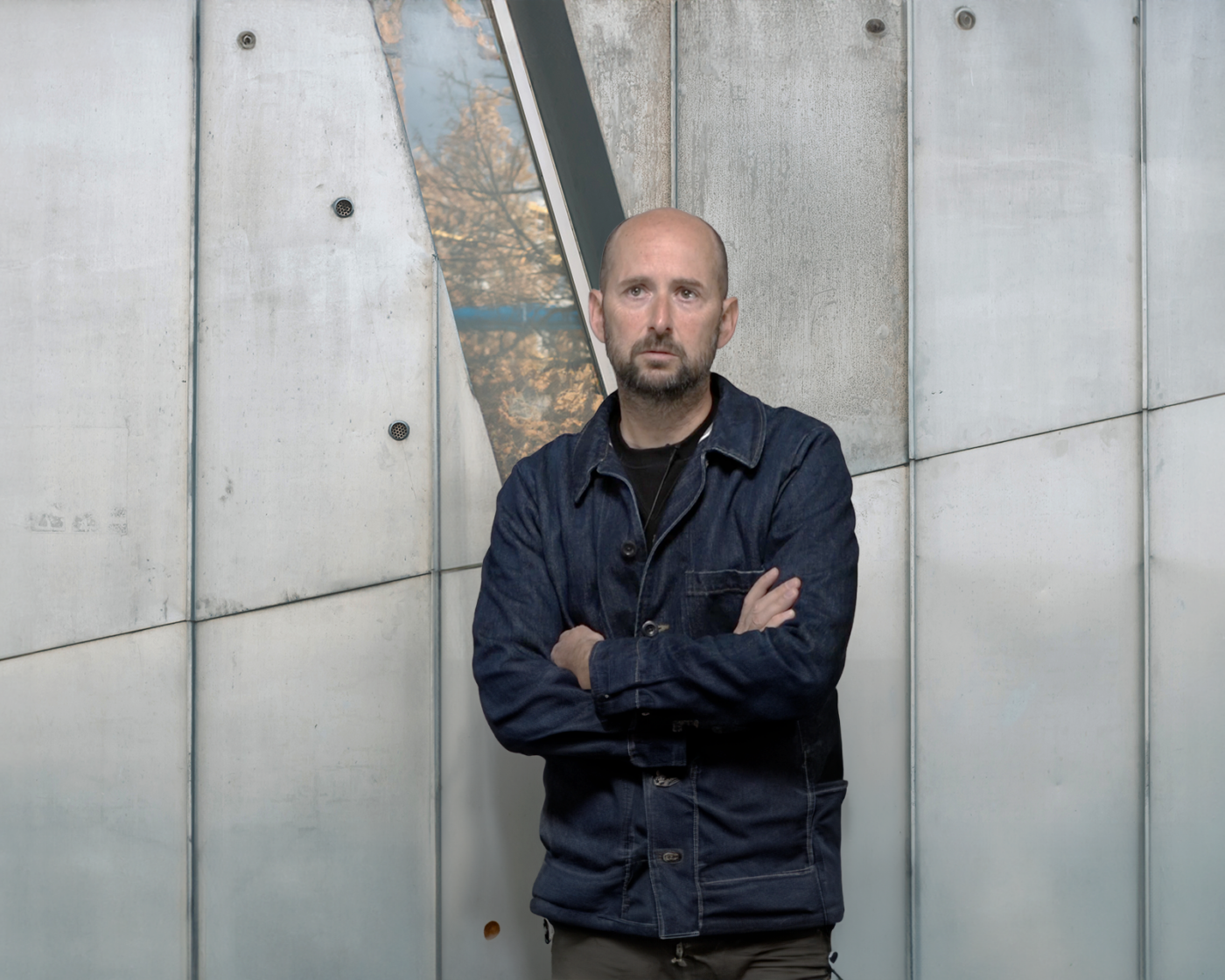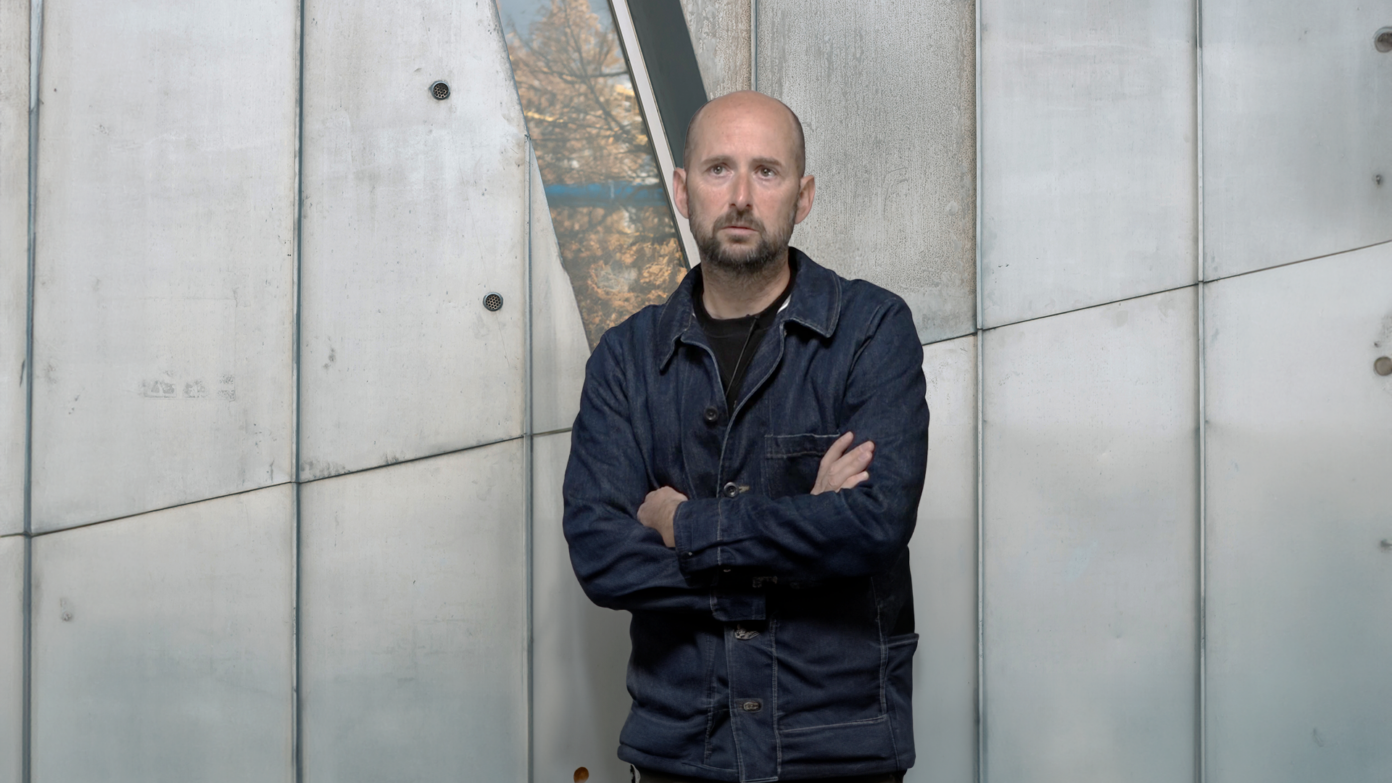At the roots of “Urban Metabolism”
The use of the living organism metaphor in the field of urban system studies dates far back and is continuously reconfigured as events play out. Here, Léone-Alix Mazaud, a CIFRE PhD student (PCA-STREAM/École des Mines de Paris), repositions the meaning of the “urban metabolism” as defined by our firm within the history of approaches on the subject matter in order to highlight its unique features.




